Opinion: when do gravel bikes become mountain bikes?
How gnarly you want your gravel bike to be is largely dictated by where you're riding, but some of them are certainly starting to blur the lines between the genres. Colin Levitch takes a deep dive into the similarities - and the differences.
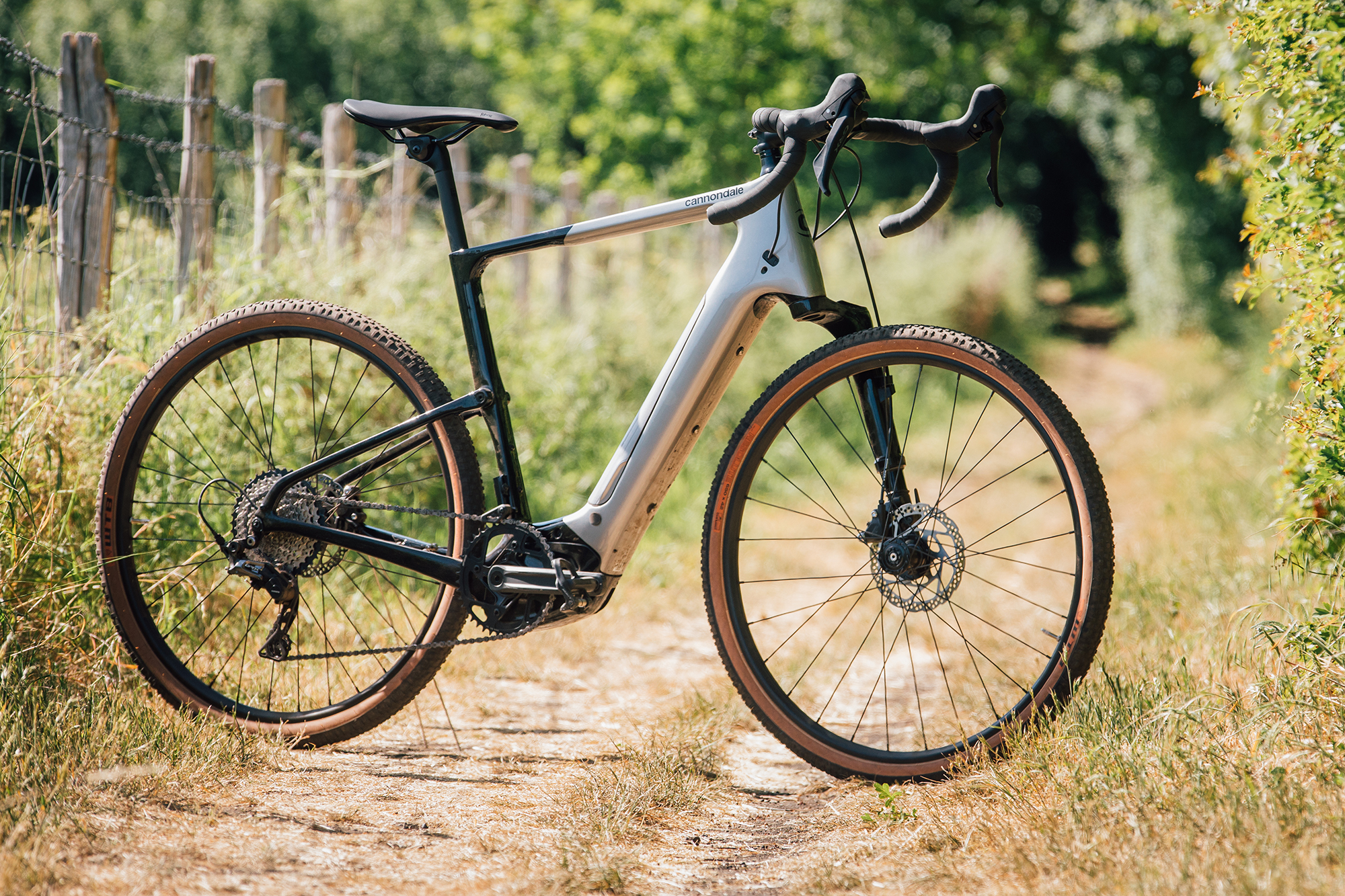
Recently, we published an opinion feature about why gravel bikes with flat bars absolutely make perfect sense. Predictably, when it went out to Cycling Weekly's social media channels, the most common replies were something along the lines of, "Hey, look! It's a rigid mountain bike," or "That’s just a hardtail from the '90s."
While that piece focused mostly on the cockpit, dissecting some of the problematic labels that come along with this setup - and why more people should do it - there is a lot more to a mountain bike than whether the handlebars are straight or curly, or whether or not the fork absorbs impacts.
So it got us thinking further: with the lines blurring evermore, when does a gravel bike stray into mountain bike territory?
>>> These are the best gravel bikes on the market right now
The race for progression
Let's start with a bit of history for context. More than any other category, mountain bikes have evolved at a feverish pace over the past decade.
Even a cross-country or trail bike from five years ago feels like a dinosaur compared to a bike with modern geometry, refined suspension kinematics, and suspension technology. Quite literally, a 2021 year model XC (cross country) race bike like a Norco Revolver, Trek Top Fuel, or Specialized Epic will be able to out-descend their brand sibling trail bikes, like the Optic, Fuel EX, or Stumpjumper from two or three years ago. They'll out-climb them, too.

In contrast, drop bar bikes have moved at a much slower pace, in large part because they haven't needed a complete metamorphosis to stay relevant.
The latest race content, interviews, features, reviews and expert buying guides, direct to your inbox!
Vast improvements have been made to weight, stiffness, aerodynamics, and compliance due to advances in materials and manufacturing know-how. But the geometry chart of a race bike from more than a decade ago will be almost a mirror image of one that was released a week ago.
If you compare a 1990 Trek 2300 (the oldest road geo chart we could find) and a 2021 Emonda, the head and seat angles are the same, the bb-drop is 1mm different, the chainstays are within 5mm, the trail figure is within 4mm, and the wheelbase is 3mm different.
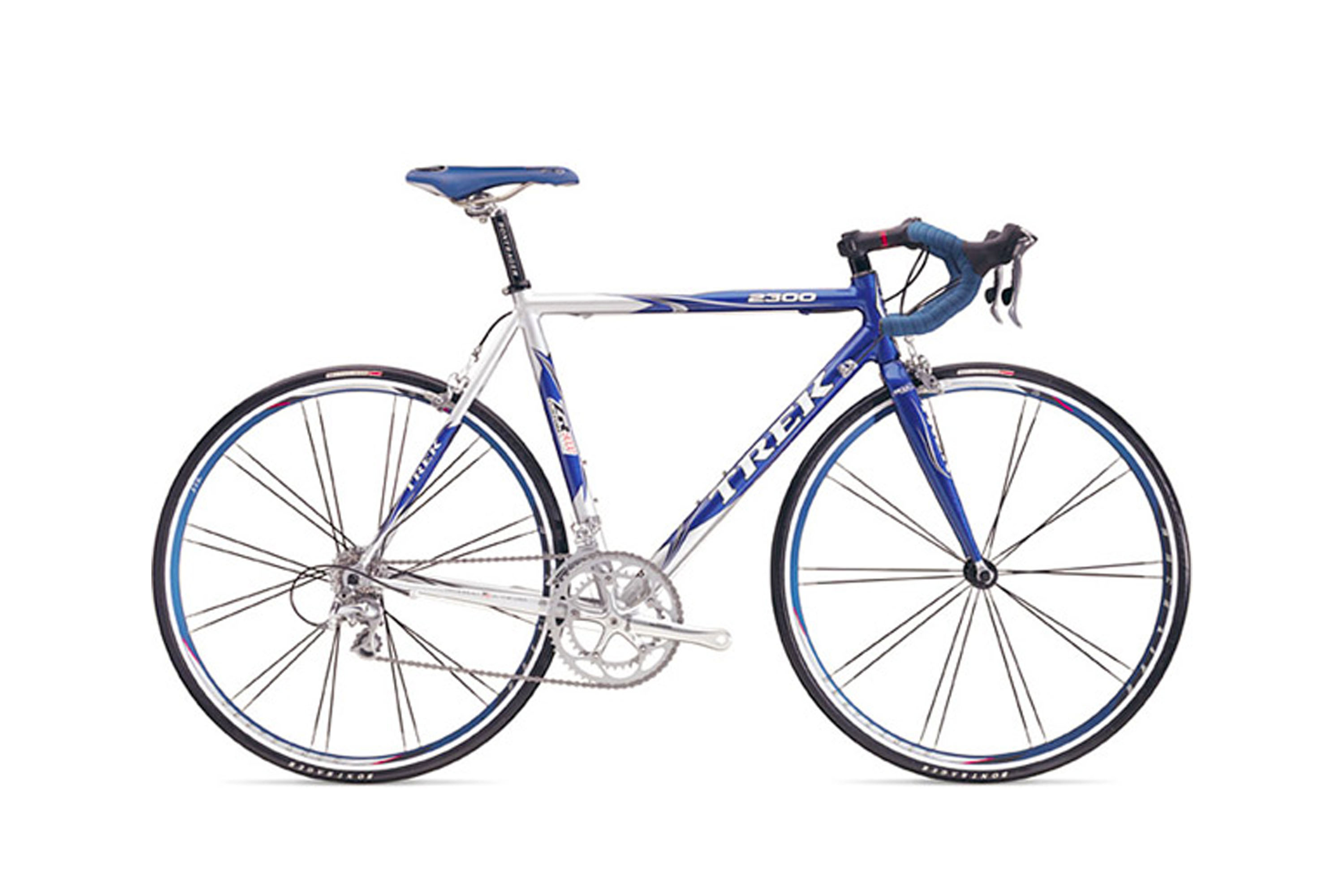
The reason for this is their intended use and the terrain in which they are designed to excel. The Tour de France, for which a modern performance road bike is built to shine, occurs on the same type of roads every single year. They’ve been resurfaced, and some may have had slight realignments, but the grades, corners, and terrain are largely the same.
>>> Why are road cyclists riding gravel bikes when hardtails could be faster?
The opposite is true for mountain bikes. Singletrack that warrants a green (easy) rating by today's standards could have served as a DH course in the ’90s. To the same degree, riding a modern DH (downhill) track on an old school mountain bike would be a death wish.
Which brings us back to the gravel bikes.
Ultimately the geometry of a bike determines where a rider's weight is centered between the wheels, and it's this weight distribution that creates the line in the sand that prevents gravel bikes from becoming mountain bikes.
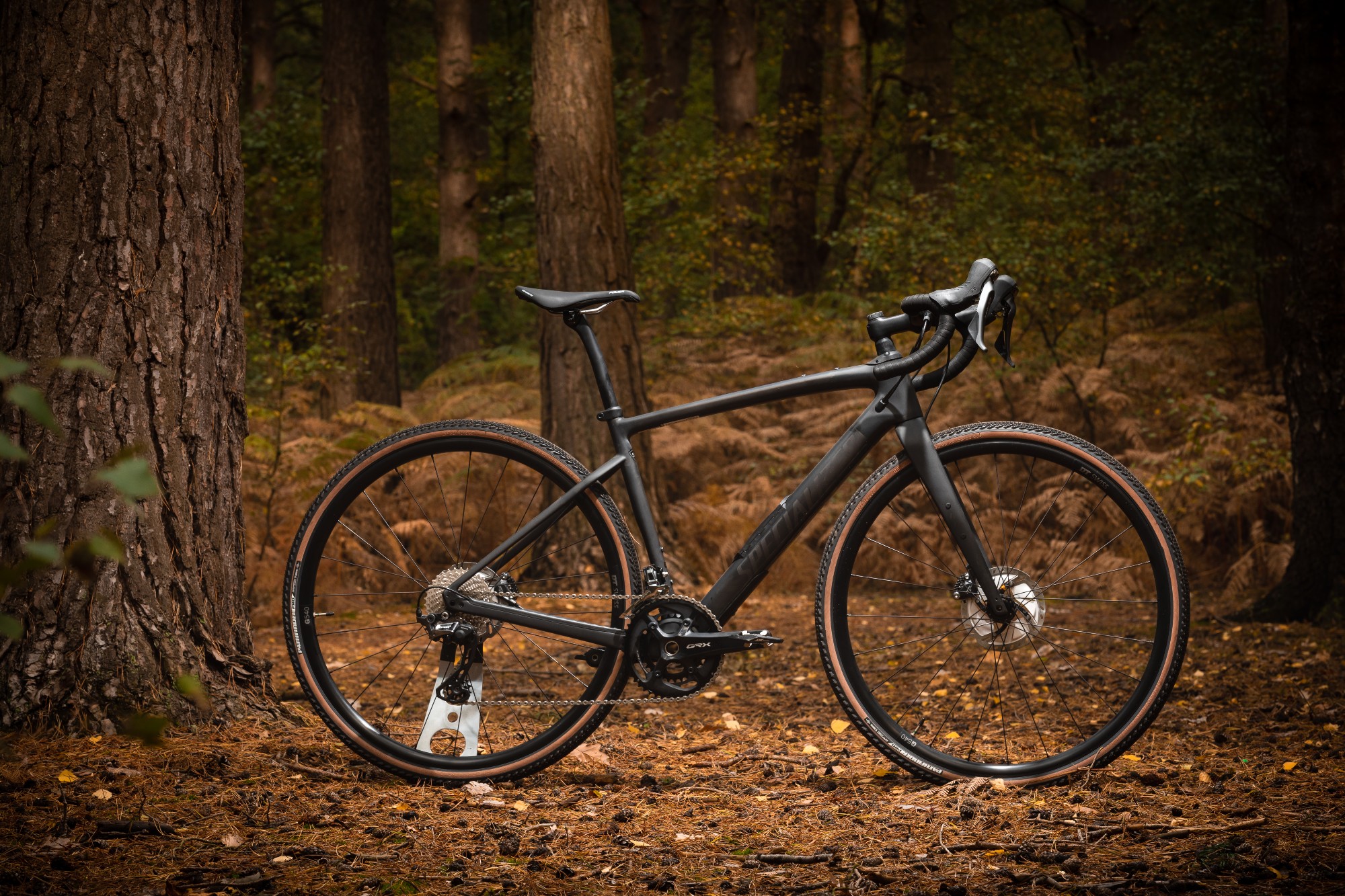
The foundation of a gravel bike is based around the geometry of a road bike, which puts the rider into a riding position where they're leaning over the front of the bike.
The reason behind this is two-fold: this position on a gravel bike is designed to maintain pedaling efficiency because it allows you to recruit your glutes as your legs push the cranks, and the knock-on effect is that you steer from on top of the front wheel.
Mountain bikes, on the other hand, hold the rider's body in a much more upright position and you steer from behind the wheel. With your weight on top of the front axle, it’s more difficult to pull the front wheel up to negotiate an obstacle like a rock or root. When your weight is centered behind the front wheel, it can be lofted with a moderate shift in weight — which is also why you need to slide forward on steep climbs to prevent the front wheel from wandering.
Such a thing is a pretty regular occurrence on any given mountain bike ride - but on a gravel bike that is designed around the front of the machine, you should just about roll over every obstacle you encounter.
>>> Should your next bike be a gravel bike?
Again this weight bias comes down to the intended design purpose: gravel bikes are meant to cover a lot of uneven ground fast and efficiently, while mountain bikes are built to tackle increasingly rough and steep trails. The focus for mountain bikers is less on the average speed or the distance traveled, but the obstacles themselves.
Are gravel bikes just old school mountain bikes?
There is an undeniable similarity between the geometry charts of hardtail mountain bikes from the ’90s and many gravel bikes today. But let’s jump in our time machines for a moment and look back at the terrain the gnarliest of the neon lycra-clad mountain bikers of this era were riding.
Early mountain bike events saw riders pedaling over mountain passes on unpaved roads and logging routes: XC races largely took place on fire roads or mellow double track, and DH races had short uphill sections that required pedaling.
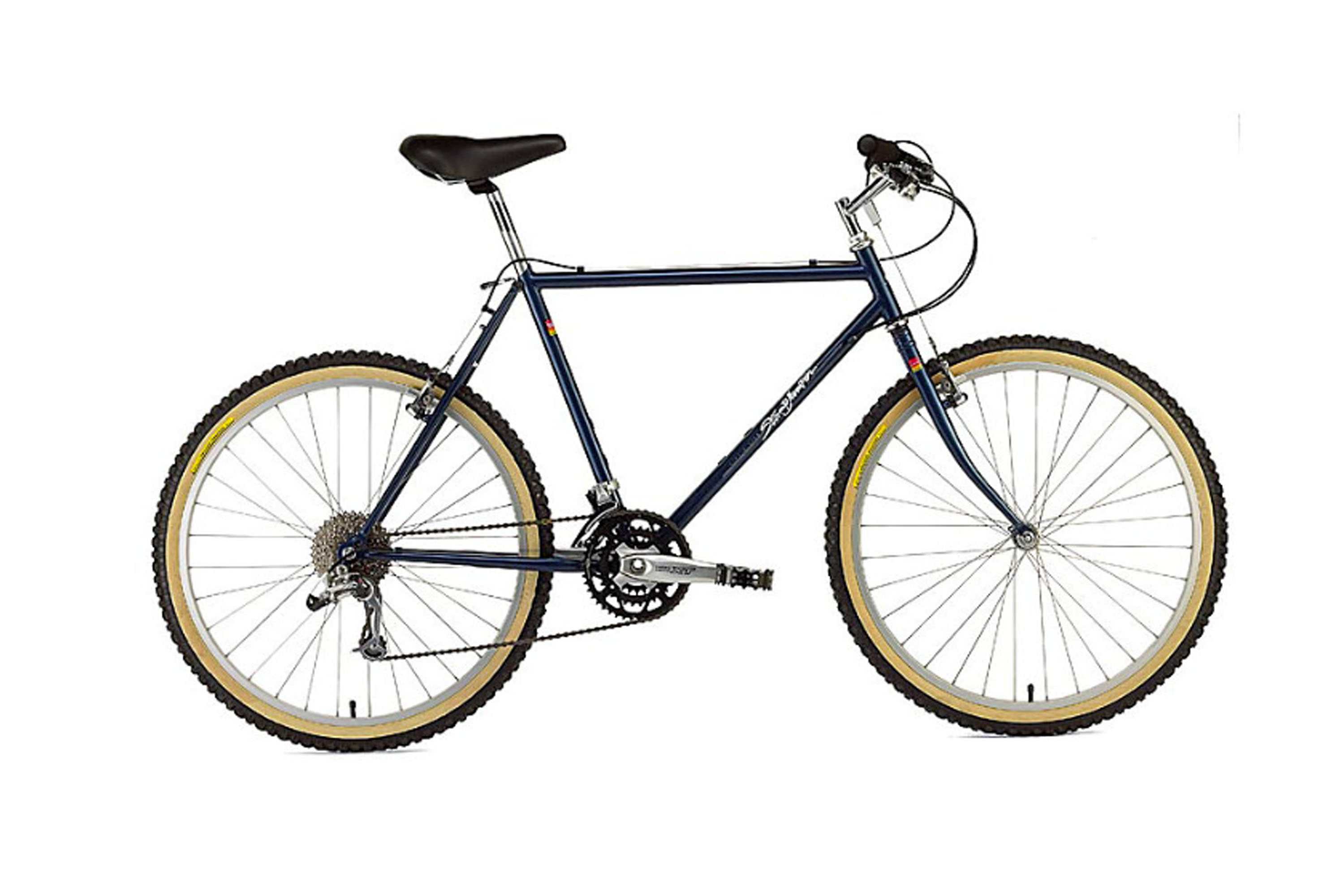
What I’m getting at here is the terrain these old school mountain bikes were designed for isn’t that far off the terrain that modern gravel riders frequent. So, it makes logical sense that their geometry charts would be similar; however, they are less alike than road bikes from the corresponding eras.
A modern gravel bike will also have a longer wheelbase for improved stability and roll on larger diameter wheels so it will be faster and more efficient than even the best 26in the wheel and tire combo.
The tires will also be tubeless, providing the threefold advantage of self-sealing punctures, and allowing for lower tire pressure, improved traction and comfort — and possibly rolling resistance depending on the tread pattern.
The frames allow enough clearance to run the same width or even wider tires than a hardtail from the 90s, and will also be stiffer and lighter.
Are suspension and dropper posts a step too far?
Beyond the stoppers and the rubber, we are also seeing gravel bikes adopt suspension and dropper seatposts from mountain bikes, but that still doesn't we can stick a three-letter acronym beginning with M and ending in B onto them.

Let’s, for example, take the Niner MCR RDO. For the time being, this bike sits in a category of its own, and is the go-to comparison between a mountain bike and a gravel bike because it has front and rear suspension. But the presence of suspension doesn’t make it a mountain bike.
If we zero in on suspension, just because a bike can have two identical forks or rear shocks with the same air pressure, it doesn't mean it will ride exactly the same. A few clicks either way of rebound, high or low-speed compression or inserting or removing a volume can completely change the way a fork or shock reacts to a bump. At the back, so can the layout of the rear swingarm.
The MRC 9 RDO has air sprung, oil damped suspension, which in layman’s terms means it adjustable. But it's sent out with a base tune, tailored to a specific set of riding conditions. So we asked Zach Vestal, Niner's marketing manager, about it.
He explained that because gravel riders spend more time pedaling in the saddle over longer distances, the suspension tune is aimed at absorbing the higher frequency and small amplitude bumps. To achieve this small bump sensitivity, the suspension is pitched towards fast rebound, and less progressivity through the stroke, so all of the usable travel is available to absorb vibration and washboard terrain.
The leverage and dampening curves are aimed squarely towards the wheel to tracking ground; basically, when the wheel hits a bump it moves out of the way, but the shock extends quickly so the tire can track down the backside to maintain tire contact and traction without getting bogged down in the travel.
If you were to replicate this same suspension tune on an XC bike or even a long-travel enduro bike, the first moderate impact would lead to a hard bottom out, which would then buck you off the bike as the suspension rebounded like a pogo stick.
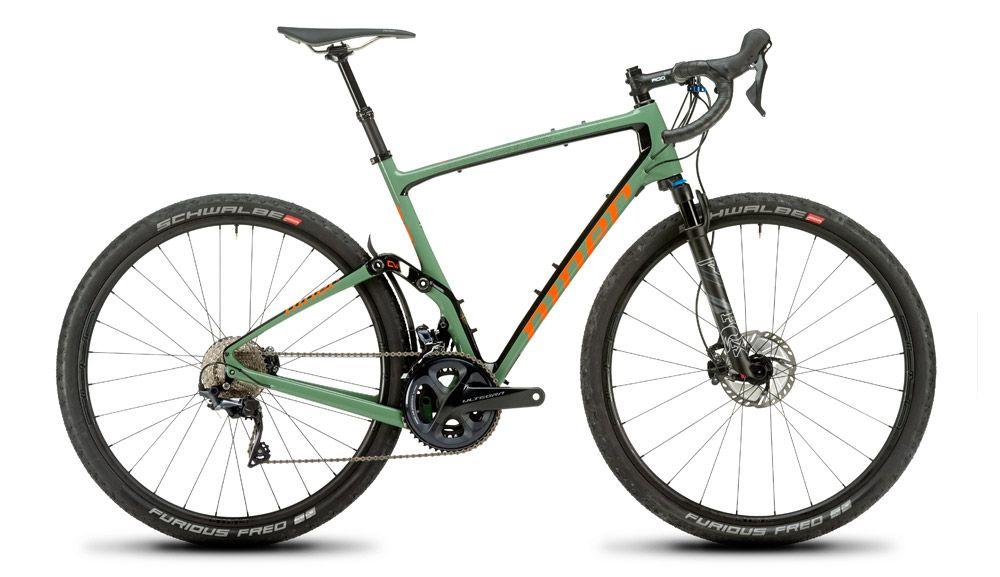
That’s because the suspension on a mountain bike needs to smooth out bumps and maintain ground contact for traction, while also providing support over rough terrain, jumps, and drops, requiring more progression (the shock gets firmer as you move through the travel).
Some of you may be aware that some road bikes have suspension, too. Trek's Domane has flex pivots - a common feature on XC mountain bikes - that is integrated to both ends, and the Specialized Roubaix has a coil-sprung front shock. So why can't gravel bikes use this same technology to improve their ride quality?
And finally, we have the humble dropper post. Beyond just being able to get your weight back when rolling over something steep, lowering the seat creates more body bike separation, making it easier to put the bike on edge so you can better utilize the shoulder tread on your tires to find traction on a loose corner.
In a gravel race like Grinduro where only the descents are timed, they actually make a lot of sense — or for any other ride that involves a bit of descending or singletrack.
X-treme all-terrain bikes
People will always push test the limits of their bikes: roadies will dip their toe onto gravel roads with 25c tires, gravel riders will hit some light singletrack, and mountain bikers are forever taking bikes to bigger terrain.
I mean, Yohan Barellie has ridden a CX bike down Dirt Merchant at Whistler Bike Park, and sent some of Squamish’s most infamous slabs on a commuter bike. Does that mean either of these bikes are mountain bikes? Absolutely not.
All of this comes down to nuance. In the same way that a race bike is different from an endurance bike, a gravel bike is different from a mountain bike — to that point, an endurance road bike and a race bike are more similar than any gravel bike is to a mountain bike, even one from the '90s.
Gravel bikes and mountain bikes are different. No matter whether the former has suspension, a dropper post, flat or curly bars. They excel in different terrain and suit a different riding style. It's this variety that keeps riding fresh and fun, which is part of the reason gravel bikes are getting more people out on two wheels — which is hardly a bad thing.
No matter how radical gravel bikes become, with flat handlebars, and ultra-wide tires mounted to 650b wheels, flex pivots, actually pivots, dropper posts, they don't magically become mountain bikes, they just become more capable gravel bikes.